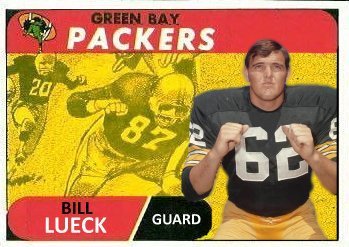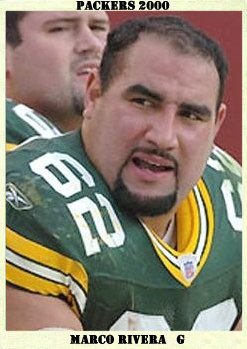I previously posted some of the greatest thrills related by Packers in the 1936 official publication Who’s Who in Major League Football. The remainder of Green Bay players recalled thrills from their college careers.
Bob Monnett:
In 1931 and 1932 when I was adjudged the second highest scorer in the United States.
Monnett is correct in his recollection. He scored 127 points on 16 touchdowns and 28 extra points in 1931 and 80 points on 10 touchdowns and 20 extra points as a senior in 1932. Add in the 53 points he scored in 1930 and his varsity total is 260 points. If you check the Michigan State Media Guide, however, he is not listed among the all-time Spartan scorer although their list goes down to 252 points. The school has chosen to ignore pre 1945 records it seems. Incidentally, Monnett’s coach at Michigan State College was Green Bay native Sleepy Jim Crowley.

George Sauer:
Scoring two touchdowns and intercepting a forward pass, or two, for the East in the East West game in 1934.
Sauer scored on two first quarter runs for the WEST in the 1934 East-West Shrine game, won by the West 12-0 on January 1, 1934. He also intercepted one pass in the fourth quarter.

Clarke Hinkle:
Scoring 50 points for Bucknell in three quarters against Dickinson College and my good fortune in totaling 128 points in 1929.
Sophomore Clarke scored five touchdowns and two extra points in the first quarter and added three more scores in the next two quarters for 50 points on Thanksgiving Day, November 28, 1929. Bucknell beat Dickinson 78-0.

Ade Schwammel:
In 1933, while with Oregon State, I kicked a 48-yard field goal in the last minute to beat Fordham on the Polo Grounds, 9-7.
News accounts differ as to the length of the field goal on this muddy November 18th, anywhere from 43 to 47 yards, but they do agree that it took place in the second quarter not the fourth. Oregon State scored first by returning the opening kickoff 95 yards for a touchdown, with Schwammel missing the extra point. Fordham tied the game before Ade booted the winning points before half time.

Don Hutson:
Catching eight or nine passes for Alabama against Stanford in the Rose Bowl game at Pasadena in 1935.Two passes netted touchdowns, each gained more than 50 yards.
According to the Play-by-Play in the Los Angeles Times the next day, Hutson caught six passes for 165 yards against Stanford in the Rose Bowl on January 1, 1935. Five came in the second quarter, including a 54-yard touchdown that made the score 22-7. His final reception came in the final period and was a 59-yard touchdown play that boosted the score to 29-13. In the second quarter, Don also lost one five-yard catch to a penalty and dropped one other pass.

Hank Bruder:
In the Wisconsin-Northwestern game of 1929, I punted out of bounds three times in succession on Wisconsin’s end of the field, on each occasion within the 10-yard line. Later in the game, I broke my leg.
Bruder pinned Wisconsin to their 18, 4 and 6 yard lines in the first half of the October 12, 1929 showdown won by Northwestern 7-0. The three punts were not quite in succession, in that they were interrupted by the lone score of the game, with Bruder kicking the extra point. Hard Luck Hank broke his leg in the third quarter that day.

George Svendsen:
Intercepting an Iowa pass in 1934 and running it 40 yards to the 18-yard line. Though a center by trade, I felt like a backfield man for the first time in my life.
On October 27, 1934, Minnesota rolled over Iowa 48-12. Svendsen intercepted a pass on his own 40 in the second quarter and rumbled 42 yards to the Hawkeye 18. That led to the Gophers’ fifth touchdown of the day.

Frank Butler:
While with Michigan State in 1932, I intercepted an Alma pass and carried the ball back for a touchdown.
The Spartans began their 1932 season with a tuneup against little Alma College on September 24 and rolled up a 93-0 win in which Butler scored on a pick six. A few years later, future Hall of Fame coach George Allen would enroll at Alma, although he would not finish his education there.

Joe Laws:
Beating Purdue with two Iowa touchdowns in 1933, once on a 30-yard run and again returning a punt 60 yards for the Boilermakers only defeat of the season.
O November 18, 1933, Iowa upended undefeated Purdue 14-6 with Joe Laws providing both Hawkeye scores…on a 27-yard end run in the third quarter and a 55-yard punt return in the fourth.

All custom cards are colorized.







































































